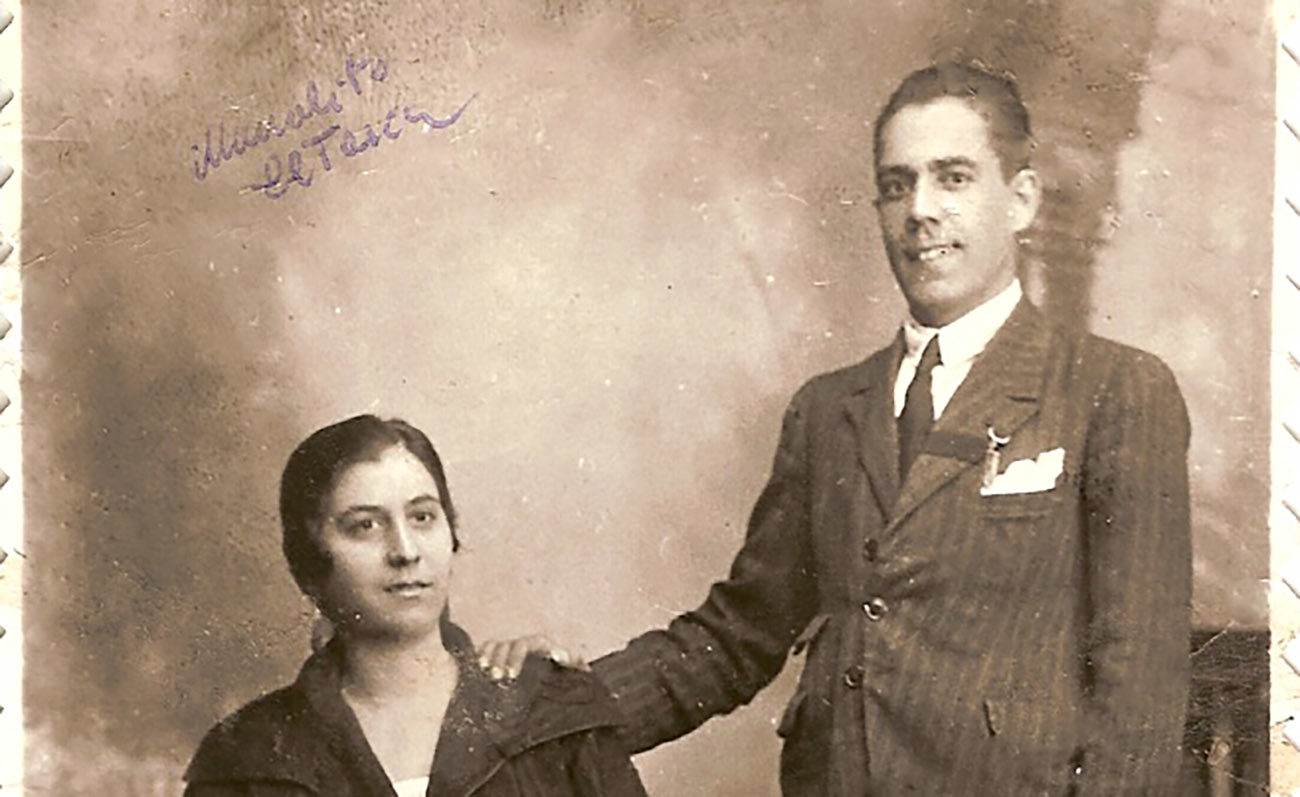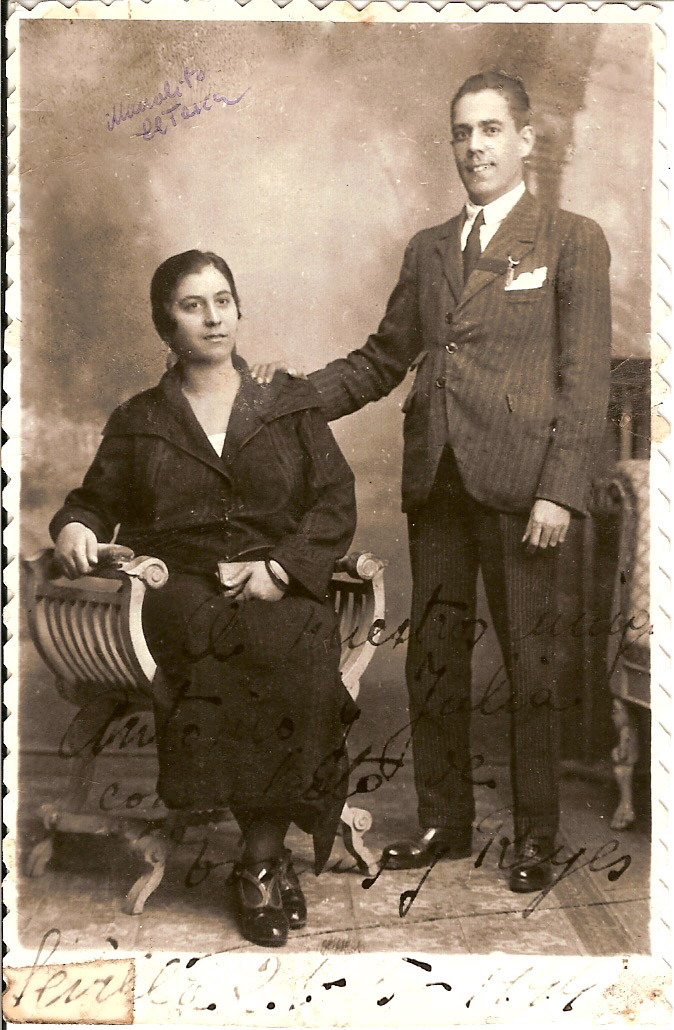Tomás and Sevillano in La Barqueta
That party with Tomás in La Barqueta lasted until the morning hours, and Antonio told me that Tomás sang that night with the guitarist Currito el de la Geroma like no one he had ever heard before. When the time came to get paid, Tomás said: “I cannot charge anything to people with such good understanding of flamenco like you

One day, the great cantaor Antonio el Sevillano told me that one evening he got together with some friends in order to party with Tomás Pavón. At that time, Antonio already performed, but not professionally. They went to La Alameda and picked up Tomás in a car to take him to a hamlet located in the area that is now the Isla Mágica theme park in the Barqueta district of Seville. The guitarist was Currito el de la Geroma, who was a good friend of Tomás. He was already ill, so ill, in fact, that he passed away a few months later. But he was a brilliant guitarist, even better cantaor and he also played the piano por bulerías. Tomás wasn’t even forty years old when that gathering took place and, according to Antonio, he was “in shape”. Tomás took his time before he started singing, because he used to talk a lot about cante when he was with friends with good understanding of flamenco.
In that place there was a gramophone and they listened to records of Marchena, Carbonero and Pastora. Carbonerillo was still alive at the time, and Sevillano said that Tomás really liked him and spoke wonders about him. Carbonerillo used to go often to the house of Pastora, with whom he performed many times in shows of the Ópera Flamenca, sometimes joined by Pinto. If we listen carefully to the records of Carbonero, we can see that they were from the same school, and that he sought to emulate Tomás in soleares and seguiriyas. Particularly when he sang the cantes largos of El Mellizo: “Me gusta a mí esta serrana/ porque la encuentro a mi apaño”. You can also notice Tomás’ influence when listening to “A mi mare de mi alma/ lo que la camelo yo”.
Tomás and Reyes got married, as he agonized in his deathbed, so she could inherit his things. His things were three fishing rods, two birdcages, a gramophone, some slate records, two pocket watches and some novels.
When Tomás and Currito got to work, that is, to sing and play the guitar, he surprised everyone singing Carbonerillo’s fandangos. “It was a carbon copy”, Antonio told me. He also said that in that evening he not only sang the fandangos of that genius from La Macarena, but also malagueñas of Chacón and tarantas of Escacena. Apparently, Tomás was greatly skilled in imitating the voices of other cantaores. That reminds me of one evening in a banquet hall in Madrid when Enrique Morente sang por soleá to show me how easy it was to sing like Juan Talega. If I closed my eyes, I could easily picture Juan singing.
That party with Tomás in La Barqueta lasted until the morning hours, and Antonio told me that Tomás sang that night like no one else he had ever heard before. When the time came to get paid, Tomás said: “I cannot charge anything to people with such good understanding of flamenco like you do, but Reyes won’t have any money for tomorrow’s stew”. Reyes was his partner, Reyes Bermúdez Camacho, daughter of cantaor Antonio Bermúdez El Baboso.
That poor woman must have endured many hardships due to the eccentricities of Tomás Pavón. Yet, she was very happy being by the side of that genius of cante who, realizing that he was about to die, told her: “Reyes, let get married so at least you can inherit my things and don’t have any problems”. So they got married with Tomás agonizing in his deathbed. His things were three fishing rods, two birdcages, a gramophone, some slate records, two pocket watches and some novels.

Cantaor Tomás Pavón and his wife, Reyes Bermúdez Camacho.






